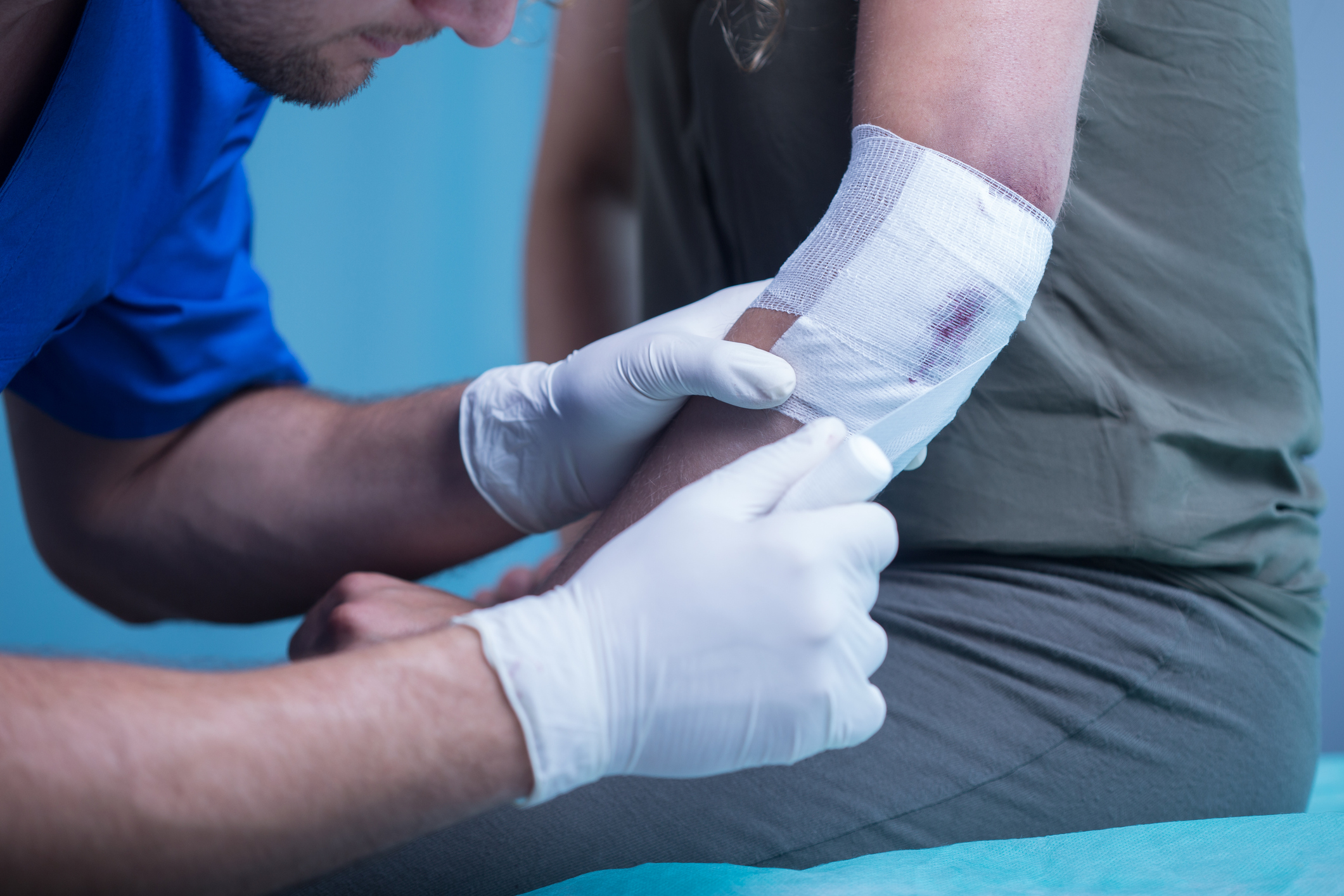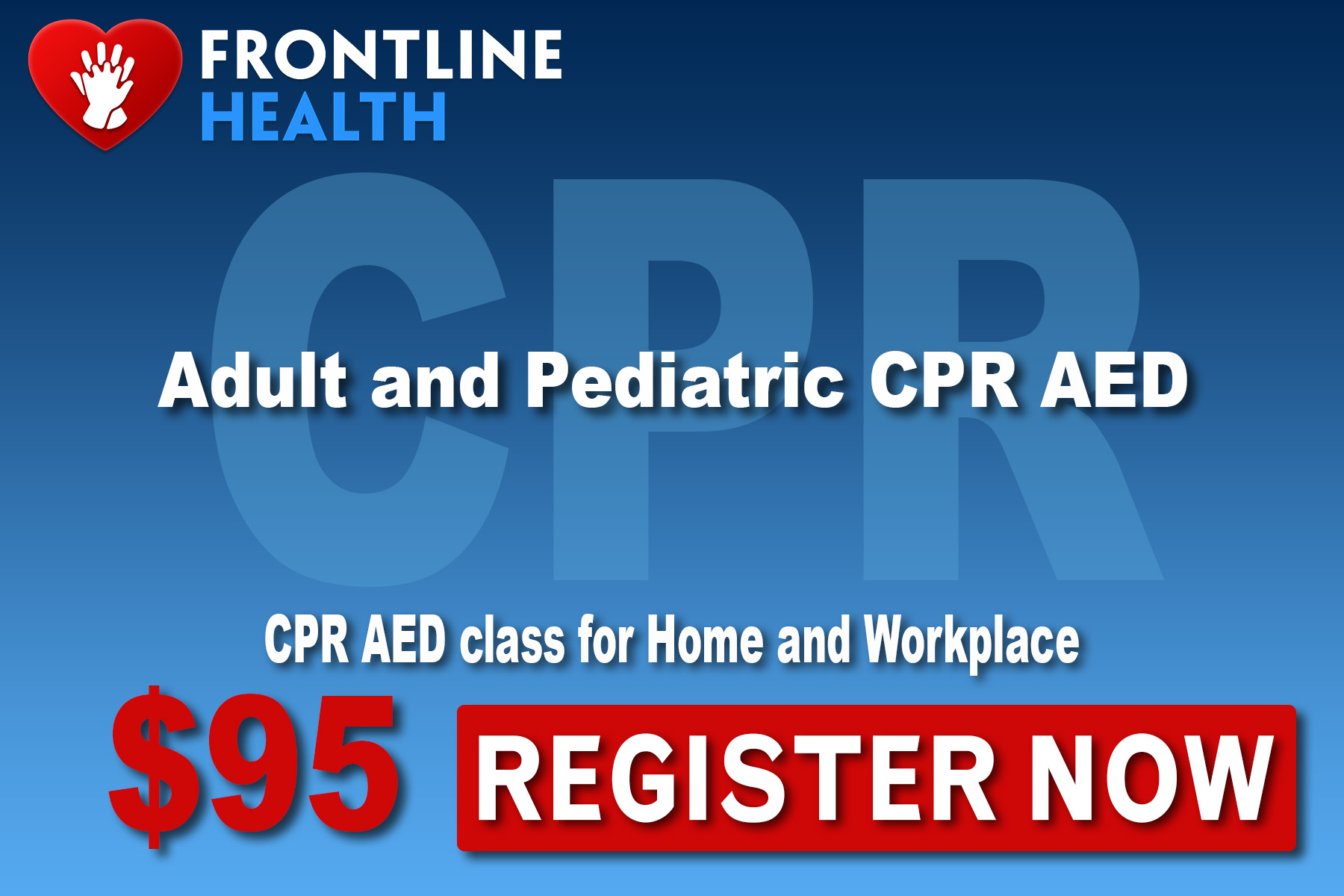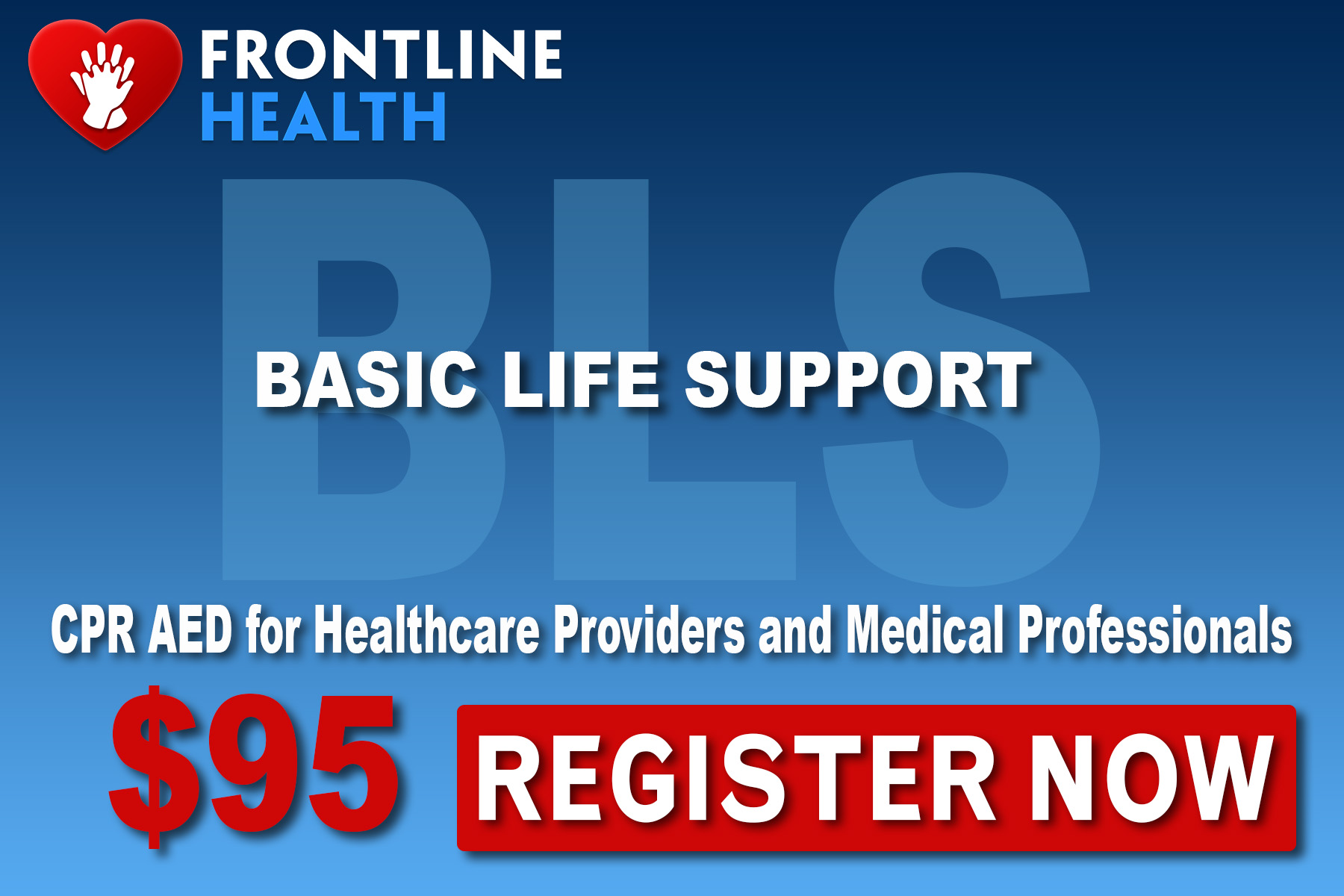Ouch! You're bleeding! What should you do?
- May 15, 2017
Scenario:
You're in the kitchen chopping vegetables for dinner. As you begin picking up speed, you suddenly feel a searing pain on your hand and notice a red spray of blood pouring onto the counter. You look at your hand and realize you've cut yourself deeply. It looks really bad.
What should you do?
Bleeding from an open wound is a common injury that most people experience at least once during their lifetime. Bleeding can range from minor to severe. It can be divided into three types:
Capillary bleeds = Usually a minor wound that doesn't breech a large blood vessel. This type of wound slowly "oozes" blood. This wound pattern can include scrapes (abrasions) and small cuts.
Veinous bleeds = A wound breeches a vein and heavy bleeding can occur. In some cases this can be life-threatening.
Arterial bleeds = A high-pressure artery is cut, sending blood spurting out of the wound under significant pressure each time the heart beats. This is a life-threatening injury.
How do I help someone who is bleeding?
For major bleeding, send someone to call 9-1-1
Take gauze from a first aid kit and apply hard, consistent pressure directly on top of the wound.
If you don't have gauze, use any clean piece of cloth instead.
If blood soaks through the first piece of gauze, do not remove it. Taking off old gauze might tear out clots and cause bleeding to worsen. Instead, place additional pieces of gauze on top of the original.
Maintain firm pressure on top of the wound, until bleeding slows down. This may take several minutes.
Once bleeding stops or slows down, use a roller bandage to secure the gauze in place.
If the bleeding does not stop -> continue to maintain firm pressure on the wound, and consider the use of a tourniquet, if you are trained to use one.
After taking steps to stop bleeding, check your victim for signs of "shock" - a life-threatening condition that can be caused by significant blood loss.
What are the signs of shock?
Pale, ashen, cool, moist skin
Excessive thirst
Rapid breathing and/or pulse
Dizziness / weakness
Nausea / vomiting
Anxiety / disorientation
How do I help if someone has lost a lot of blood?
Call 911.
Help the patient lay down flat on the ground
Cover them with a blanket
Ensure external bleeding remains controlled.
To learn more about life threatening bleeding and shock, sign up for a First Aid CPR AED class today!




